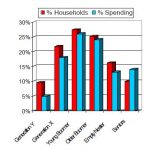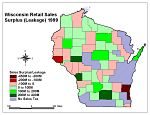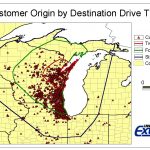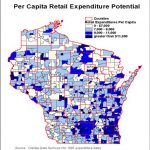Rules for Successful Tourism Marketing
Tourism is an important economic activity because it brings in dollars from outside the community. It continues to be a fast growing sector and is typically included among the top three industries in the country. In addition, tourism provides a “front-door” to non-tourism economic development efforts such as business recruitment. Roger Brooks, a nationally recognized expert in tourism development spoke about rules for success at the 2004 Wisconsin Governor’s Conference on Tourism in Green Bay. Many of his rules apply to the tourism marketing efforts of small city downtowns and business districts. Presented in this article is a summary of his keynote address titled 15 Immutable Rules of Successful Tourism.
Read More...












